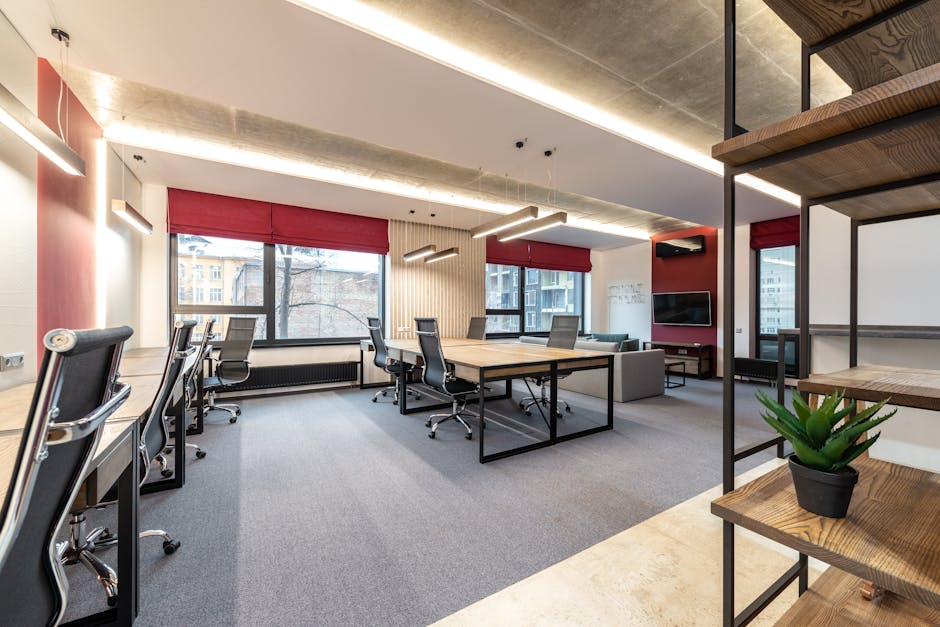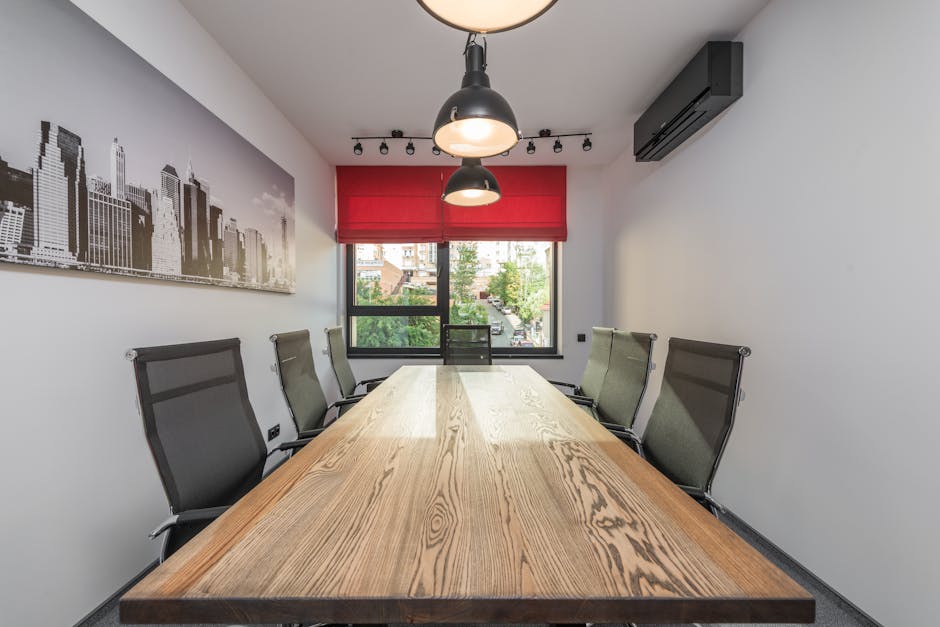The Ultimate Guide to High-Performance Buildings: Energy, Environment, and Health
“High-performance buildings optimize energy efficiency, minimize environmental impact, and promote a healthy indoor environment for occupants. This guide explores the three pillars of high-performance design and best practices to implement in properties you own or manage. ”

Introduction
The buildings we work in have a major impact on our health, our environment, and our day-to-day lives. Modern high-performance design principles can reduce operational costs, increase property value, and provide a healthier and eco-friendly built environment. In this guide, we'll delve into the three fundamental aspects that make high-performance buildings stand out and explore best practices to implement in properties you own or manage.

What Are High-Performance Buildings?
High-performance buildings are structures designed and operated to optimize energy efficiency, minimize environmental impact, and promote a healthy indoor environment for occupants. While the term doesn't have a strict scientific definition, it has been used in academic literature, federal guidelines, standards such as ASHRAE 189.1, and legislation like the Energy Independence and Security Act (EISA) of 2007.
Performance isn't just about energy efficiency. Current approaches adopt a holistic outlook that encompasses the broader environmental impact alongside social concerns for occupant health, tenant satisfaction, and productivity. Buildings also need to be performance-monitored, with feedback loops to operations and design tools, and performance-based, meaning they are evaluated by outcomes rather than specific components.
The Three Pillars of High Performance
1. Energy Efficiency
High-performance buildings minimize energy consumption without sacrificing occupant comfort. This is achieved through passive design decisions like daylighting and the use of building automation and smart technologies that increase efficiency in ventilation, lighting, and other systems.
2. Environmental Impact
Beyond energy consumption, buildings have broader environmental impacts throughout their lifespan. Construction should minimize disruption to the building's surroundings, while sustainable materials, water efficiency, waste management, and recycling should be implemented continuously.
3. Healthy Indoor Environment
A high-performance building creates a healthy, comfortable, and productive environment for occupants by controlling noise levels, improving ventilation and indoor air quality, and using materials with low levels of volatile organic compounds (VOCs).

The Business Benefits of High-Performance Buildings
Investing in high-performance design can deliver significant business benefits:
-
Lower operating costs: More efficient use of energy and water can help cut down operational costs, with studies showing 23% lower energy use and 28% lower operating expenses.
-
Increased property value: These buildings can command higher rents and resale values, with green buildings achieving an average capital value premium of more than 20%.
-
ESG and sustainability: Incorporating high-performance design can help businesses improve their ESG ratings by reducing carbon emissions and providing social benefits through better occupant health.
-
Improved productivity: Providing a healthy indoor environment has been linked to higher occupant satisfaction, increased productivity, and reduced absenteeism due to illness.
Best Practices for High-Performance Buildings
Here are some ideas to consider for improving various aspects of your indoor spaces:
Energy Efficiency
- Maintain HVAC systems and use building automation and demand-controlled ventilation
- Upgrade to energy-efficient LED lighting and incorporate daylight harvesting strategies
- Invest in proper insulation to maintain comfortable temperatures while reducing energy consumption
Healthy Indoor Environment
- Prioritize indoor air quality through proper ventilation, air filtration, and continuous monitoring
- Integrate sound-absorbing materials and partitioning to minimize noise levels
- Incorporate biophilic design elements like green walls, indoor plants, and water features
- Maximize daylight access through ample windows and skylights
Sustainability and Environmental Impact
- Opt for construction materials with a small environmental footprint
- Implement water-saving strategies like water-efficient fixtures and rainwater harvesting
- Address waste reduction, recycling, and proper disposal
- Promote alternative transportation options for occupants

Certifications and Rating Systems
Building certifications like LEED, RESET, or WELL provide an objective, science-based benchmark to guide your journey to high-performance buildings. They can help you focus on the areas that drive the most impact and demonstrate your commitment to sustainability and occupant health, which will help attract tenants, employees, and investors who value these principles.
Conclusion
High-performance buildings offer a wealth of benefits for businesses, occupants, and the environment. By focusing on energy efficiency, environmental impact, and occupant health, you can create spaces that are not only more sustainable and cost-effective to operate but also healthier and more productive for the people who use them every day. Implementing best practices and pursuing building certifications can help guide your efforts and showcase your commitment to high-performance design.